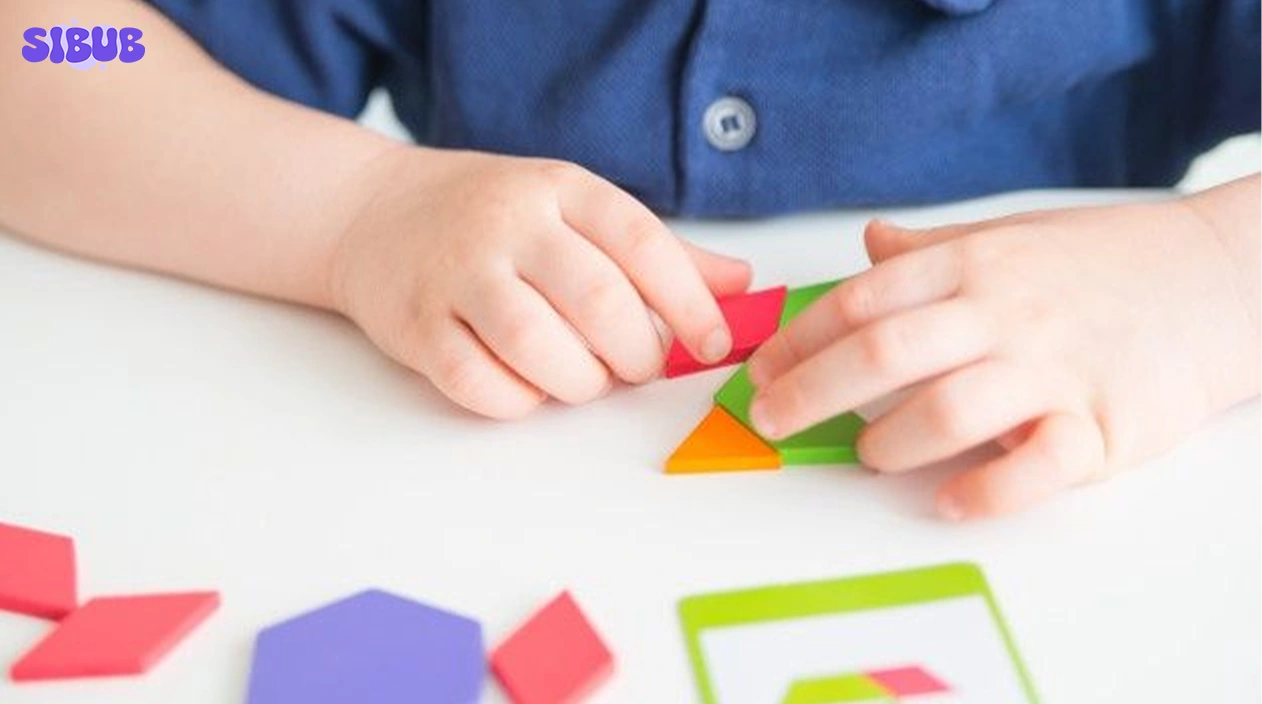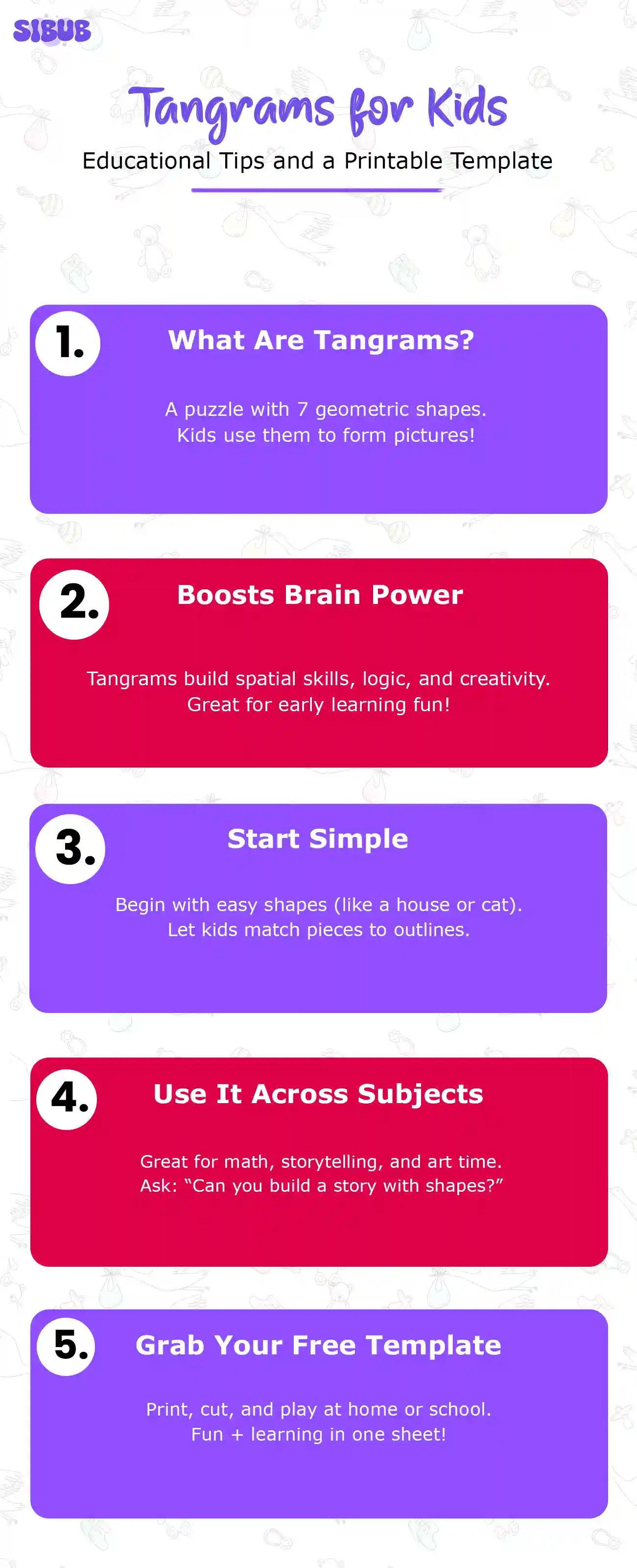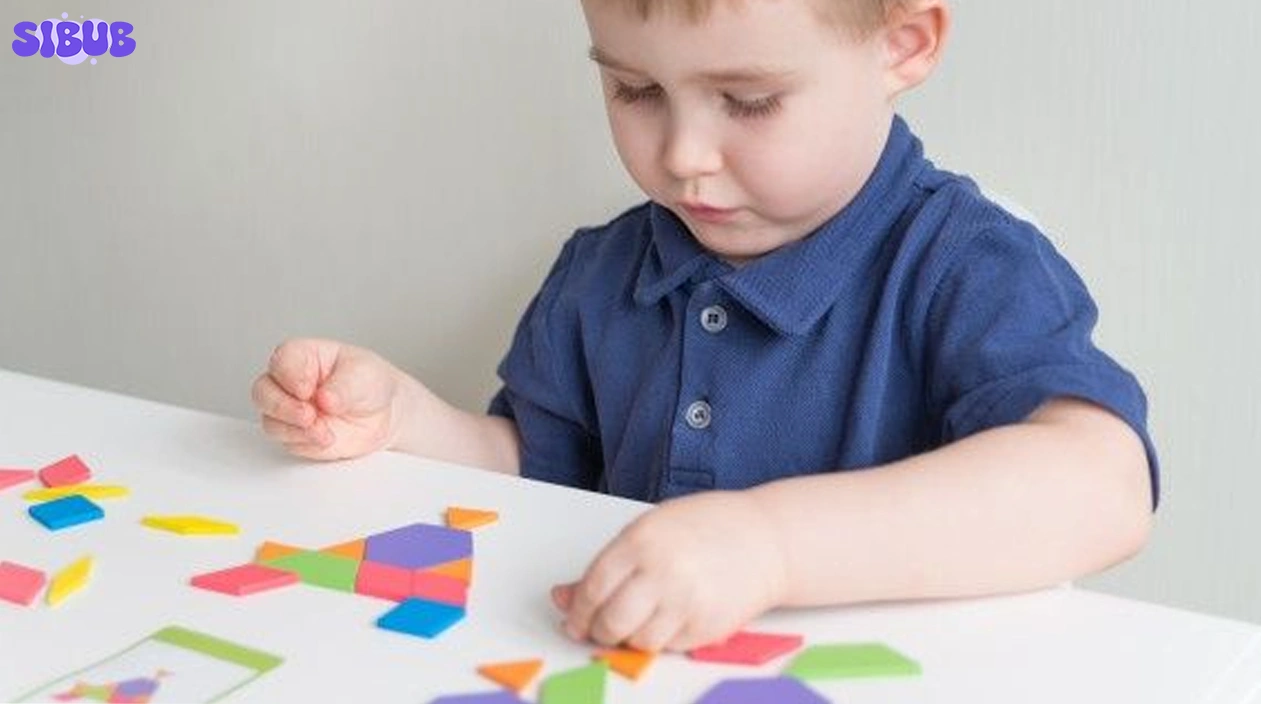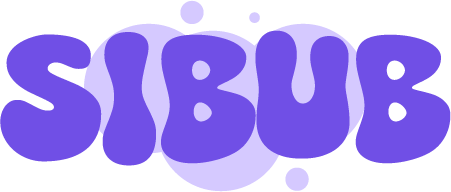Flip it, twist it, build it; tangrams make math a hands-on adventure!
Any parent or homeschooler looking for a fun, hands-on way to boost their child’s learning, a tangram might be just the tool they need.
Tangrams are simple yet powerful puzzles that build critical STEM skills, especially in math and spatial reasoning. Teaching at home or in the classroom, this ancient wooden puzzle tangram game, can help kids learn geometry in a fun, low-stress way.
Let’s get into what a tangram is, how it works, and how to use it as a teaching tool. We’ll also show you a tangram puzzle print to get started!
What is a Tangram?
A tangram is a Chinese puzzle that’s been around for over 200 years. It starts as a single square, but it’s cut into seven geometric pieces called “tans.” These pieces are:
- 2 large right triangles
- 1 medium right triangle
- 2 small right triangles
- 1 small square
- 1 parallelogram

Together, these shapes in a tangram can be arranged to form all kinds of objects, animals, people, boats, houses, or even letters.
You can build simple shapes like a square or a triangle, or go for more complex ones. That’s why tangrams are great for free play, structured puzzles, and everything in between.
Discover: Nurturing Healthy Kids, Guiding Confident Parents
Why Use Tangrams for Kids?
Tangrams are more than just a fun activity. They offer powerful learning benefits, especially in math and creative thinking. Here’s how:
1. Builds Geometry Skills
Children learn to identify and name shapes like triangles, squares, and parallelograms. They also learn how these shapes can be combined or broken apart.
2. Boosts Spatial Reasoning
Kids learn to flip, rotate, and move pieces around. These spatial skills are critical for later success in math and science.
3. Improves Problem-Solving
Trying to solve a shape tangram puzzle helps kids think logically and creatively. They learn patience, strategy, and how to try again when things don’t fit.
4. Supports Math Learning
Studies show that working with tangram puzzles may improve performance on math tests. Just 40 minutes of spatial play can boost arithmetic scores!
5. Encourages Teamwork and Communication
When kids play in pairs or groups, they start using math words like “angle,” “rotate,” and “flip.” Talking through the challenge helps build math vocabulary and thinking.

Tangram Ideas for the Classroom or Home
You don’t need a fancy kit. Tangrams can be cut from paper, made with foam, or even bought as a wooden puzzle tangram set. Use them in your math center or add them to your quiet time activities.
Here are some tangram ideas to try:
- Free Play: Let kids create whatever they want. Encourage imaginative designs like robots, fish, or flowers.
- Challenge Cards: Give kids a silhouette and ask them to recreate the shape using all seven pieces.
- Shape Match: Ask children to match names with the correct shapes (e.g., triangle, square, parallelogram).
- Theme Days: Challenge them to build only animals, vehicles, or sea creatures.
- Copy Then Create: Show them a shape to copy, then ask them to invent their own version of that object.
Explore: Top Benefits of Summer Camp for Kids
How to Teach with Tangrams
Tangram application in learning is simple and very effective. But young kids may not get it right away. That’s okay! Teaching with tangrams works best with a bit of structure.
Start Simple:
Cut Out the Pieces
Let kids cut their own tangram puzzle print from a square.
This builds fine motor skills and shows how the large square breaks into seven pieces.
Name the Shapes
Have them color each tan.
Talk about the triangle types and what makes a shape a right triangle.
Rebuild the Square
Ask them to put the pieces back into the original square shape.
Help them if needed. This is a core shape tangram exercise.
Introduce Terms
Use words like flip, rotate, and slide as you go.
Solve Simple Puzzles
Use cards with visual outlines.
Try both “see-and-copy” and “guess-then-check” styles.

Printable Tangram Activity
Ready to try it out? We’ve included a free tangram puzzle print below! Print it on cardstock or laminate it for durability.
This printable set includes:
- A color-your-own tangram
- Visual challenge cards
- Word prompts to inspire creativity
Print your tangram now and bring the power of hands-on learning into your day.
Learn More and Kids Learning at our website.
Tangrams and Early Childhood Development
For preschoolers and early grade kids, tangrams can be a perfect tool. Books like Three Pigs, One Wolf, Seven Magic Shapes, or Grandfather Tang’s Story combine storytelling with shape building.
Kids love stories. And combining tangram ideas with characters helps keep them engaged. As they play along, they also start noticing patterns, making predictions, and using descriptive math language.
Tangram Application in STEM
The beauty of a tangram is that it blends math with creativity.
- Science: Understanding shapes and symmetry
- Technology: Pattern recognition
- Engineering: Designing and building shapes
- Math: Geometry, angles, fractions
When used correctly, tangrams even support art, turning STEM into STEAM. Kids create original designs, think visually, and explore symmetry. It’s creativity mixed with logic.
Common Struggles and Teaching Tips
- Orientation Trouble: Kids often don’t recognize shapes when they’re turned. A square might look like a diamond if rotated.
Help them by showing that shape identity stays the same, even when flipped or turned.
- Overlapping Pieces One rule in tangrams is: No overlapping! Kids may need reminders to keep all pieces flat.
Model a few examples first and let them correct their own mistakes.
- Matching the Outline Silhouette puzzles are tricky! The hardest tangram ideas hide all lines, making it hard to guess which piece goes where.
Start with puzzles that show inside lines or color cues.
Real vs. Digital Tangrams
Should you use a real wooden puzzle tangram, or are virtual tangrams okay?
Both are great! Physical tangrams build motor skills and let kids feel the shapes. Virtual versions, on the other hand, often push kids to think more logically and reduce trial-and-error.
The National Council of Teachers of Mathematics supports using both types. Online games often prompt kids to predict, test, and revise, which boosts higher-level thinking.
Final Thoughts: Why Tangrams Are Worth It
Simple but mighty, tangrams are more than just puzzles. They are a tool that promotes creativity, logic, math skills, and confidence. They help children:
- Understand and name shapes
- Learn to flip and rotate objects in their mind
- Solve problems through trial and error
- Communicate using geometry terms
- Enjoy math without pressure
Whether you’re working with preschoolers, primary students, or older children, there’s always a way to include tangram play in your learning routine.
So print your tangram puzzle print, cut out those shapes, and start building today!
More Learning Resources
Looking for more educational ideas to pair with tangrams?
- Explore math games that build visual-spatial skills.
- Read books that pair stories with shape play.
- Use construction toys like LEGO and wooden blocks to build 3D thinking.
For more articles on spatial learning, overcoming math anxiety, or engaging your students with hands-on STEM tools, check out our resource section.
Don’t Forget!
- Grab your Free Tangram Printable
- Try a new Tangram Challenge each week
- Involve kids in naming, rotating, flipping, and designing
Tangrams are a simple way to spark big thinking. Get started today, it’s learning made fun.
